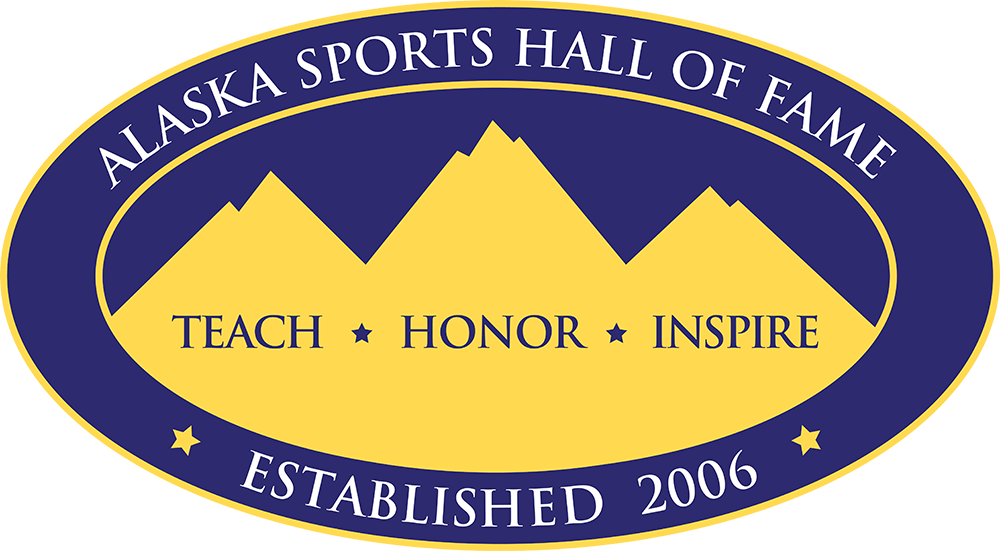Contested with a unique spirit, the World Eskimo-Indian Olympics is part sporting event and part cultural festival, its games emblematic of the north’s way of life stretching back thousands of years.
Athletes compete in the two-foot high kick, knuckle hop, ear weight, Eskimo stick pull, blanket toss and other events each summer for four days in July in Fairbanks. While athletes seek gold, silver and bronze ulus, they also seek connection to the lore of their own Native cultures.
Winners from Barrow to Sitka, from Point Hope to Admiralty Island, are honored for their proficiency, but even more are respected for their nobility in the manner in which they represent their culture and in the way they share their knowledge with less accomplished competitors.
The World Eskimo-Indian Olympics has been an extended family reunion since 1961, uniting all of Alaska’s original people as they compete in events that represent the strength, power, stamina and ability necessary to withstand pain and thrive in the harsh environment of the Great Land.
While the limber and the strong flex muscles, elders in their finest kuspuks dance to the constant beat of drums, telling stories through their hand and foot gestures that link modern days to the past. A queen for a year is selected to represent all of the state’s Natives, while pullers collaborate to help some leaper touch the sky on the blanket toss.
For more than a half century, the wisdom of Native elders has been passed on to younger generations and the wisdom of the north has been passed on by educating thousands upon thousands of non-natives watching. At the gathering place for the World Eskimo-Indian Olympics each summer, those from all corners of the state renew pride in their heritage.
– Lew Freedman

